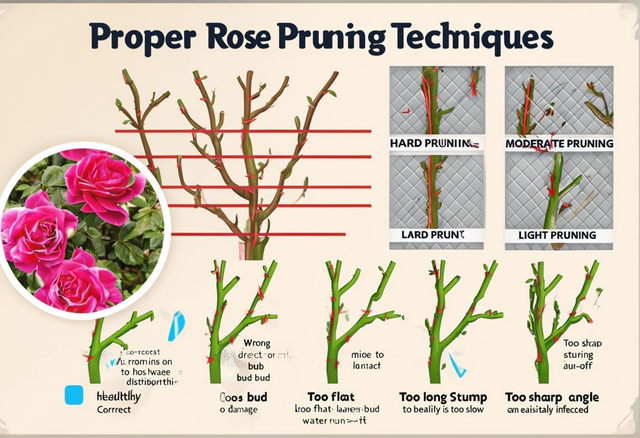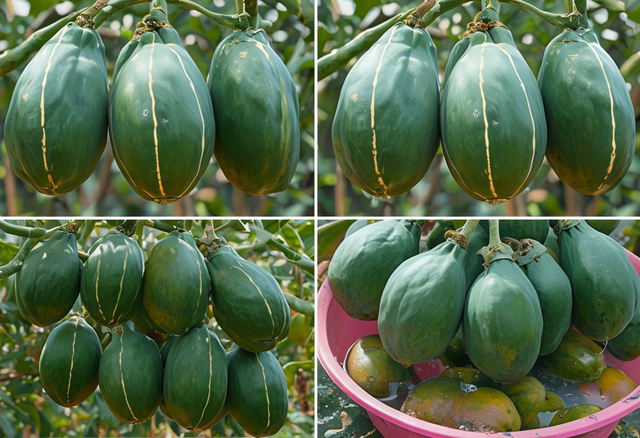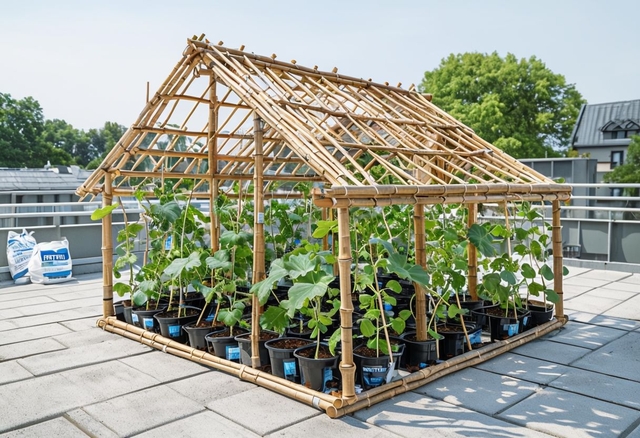
Pruning roses is a vital practice for maintaining their health and vibrancy.
Paula
- 0
- 7
- Removing dead, diseased, or poorly positioned branches helps the plant grow and bloom optimally. It also helps shape the bush, ensuring proper airflow and reducing the risk of disease. The best time for pruning most roses is in late winter or early spring before they exit dormancy. Climbing roses should be pruned right after their blooming period, as they usually flower on the previous year’s wood. Proper pruning involves removing remaining leaves, cutting dead wood, opening up the center of the bush, and eliminating thin growth. The cuts should be made just above an outward-facing bud to encourage outward growth, and fresh cuts should be sealed to prevent infection. Regular maintenance involves inspecting the bushes for pests or diseases and removing dead or diseased branches as needed. A sharp and clean set of tools is crucial for precise cuts, and understanding the specific needs of your rose variety will ensure the best results. Pruning is essential for promoting healthy growth, beautiful blooms, and long-term plant vitality.


